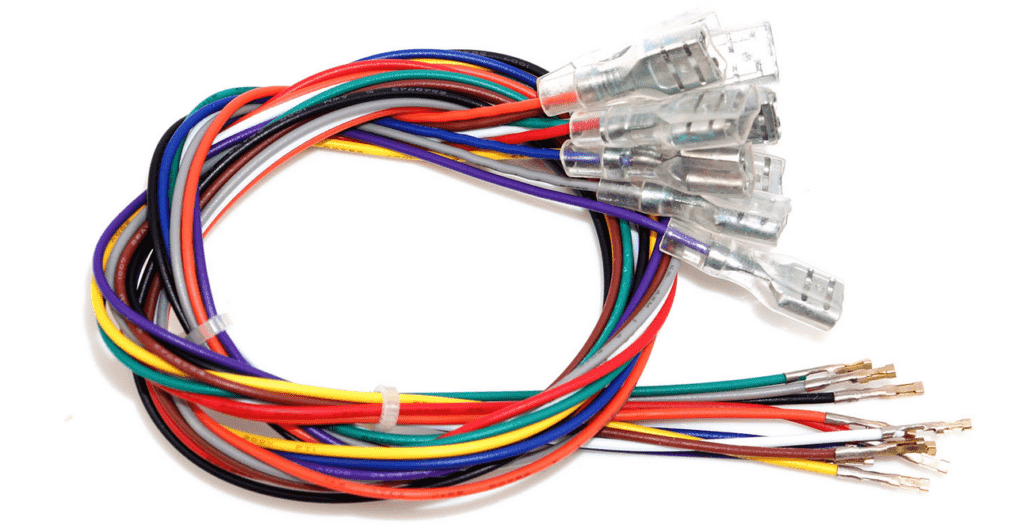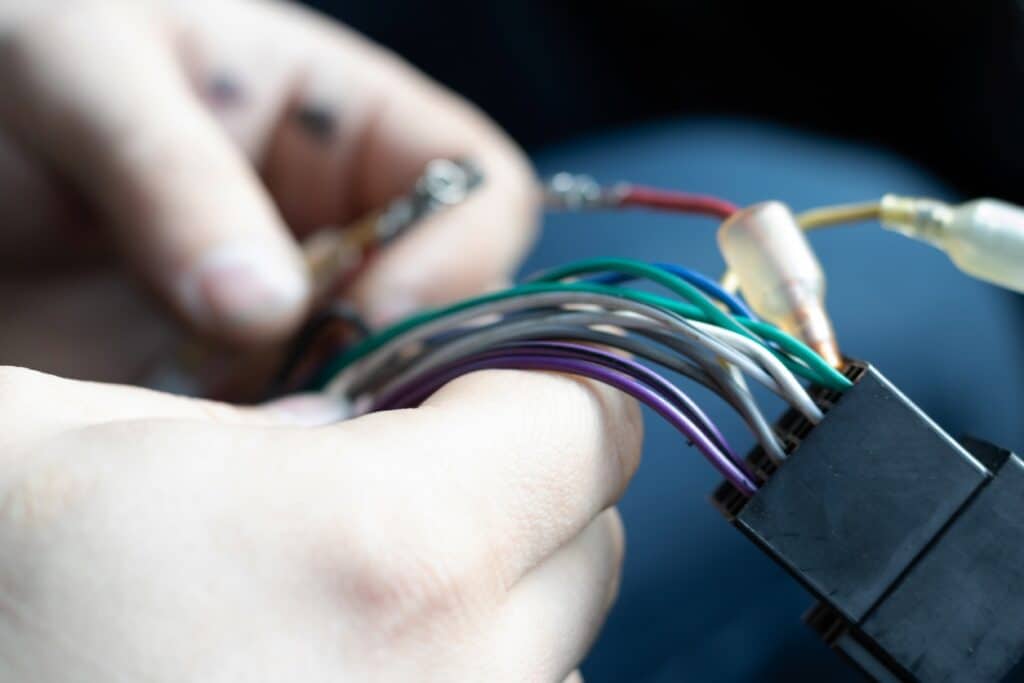Wire harnesses, usually called wiring assembly or cable harness can be referred to as an integrated and systematic cable arrangement in a specific insulated material. Why this assembly is important is that it is used to transmit signals as well as electric power.
Furthermore, cable assembly is usually bound with sleeves, cable harness, cable lacing, cable ties, straps, conduit, electrical tape, or a combination of any. This wiring harnesses or wire harness simplifies the connection to the larger components through the integration of the wiring in one unit for the drop-in installation.

Cable Assemblies vs. Wire Harnesses: What’s the Difference?
Wire harnesses are usually confused or mixed up with cable assembly. The truth however, is that both of them are different. One major difference is, for cable assembly, it usually has just two ends, whereas the wiring harnesses has many breakouts or ends which runs in so many directions and having many terminations on every breakout.
Furthermore, wire harnesses are usually useful in transportation. These include planes, trucks, buses, and automobiles. You can also construct industrial equipment, construction machinery, white and electronic goods (also household appliances), making use of wire harnesses.
What are the Benefits of Wire Harness Assembly?
Deceased time in installation
Majority of vehicles need long wiring to be able to function or operate. The wire harness assembly process helps in simplifying the manufacturing of the vehicles greatly through the integration of the wires and cables required in one apparatus. Also, this installation now becomes something like “dropping in” of the harness instead of running the wires one after the other.
Safety and Security
Whenever cables and wires are bound in one harness, the components are usually more secure and protective against the negative effects of moisture, abrasions, and vibrations. Furthermore, the space is optimized and there is a reduction in the electrical short risk due to the fact that the construction of the wires is done in a non-flexing bundle. In addition, the electrical fire risk is reduced as well whenever these wires are bound inside a flame-retardant sleeve.
Pre-Production and Wire Harness Design
The design of the wire harness process is done with respect to the equipment’s geometric and electrical requirements that it needs to be installed in. Immediately you are done establishing the first design, then you can make use of a schematic in creating your manufacturing paperwork as well as the assembly board to suit the harness.
This assembly board, which is also referred to as the pin board is a complete diagram of your harness that shows the components as well as their locations. Furthermore, the assembly acts as a workbench for this harness.
Immediately you are done with establishing the design, the building process of the wire harness begins with developing the schematic that is used in creating the paperwork for manufacturing, as well as the harness’ assembly board. This pin board or assembly board refers to the full harness diagram showing all the components and its location.
Furthermore, it functions as the harness workbench. The wires required for this harness is supplied on the master reel. Also, they are usually cut to reach the desired length. Also, it is identified with labeling or printing if necessary.
Immediately it is cut to the right length, then the wires become stripped so as to get the uninsulated conductor exposed. It is then fitted with the necessary connector housings or terminals. Then these components and wires are placed on your pin board, which are then bound altogether by the necessary straps, sleeves, cable lacing, cable harness, cable ties, or combining any of these
Wire Harness Assembly Process and Manufacturing
All the wires required for your harness are initially cut to your desired length and then labeled properly. After this, the wires ends are then stripped so as to expose or reveal the uninsulated conductor. It will also be fitted with the required connector housing or terminals
Furthermore, the component and wires are all assembled on your pin-board into the desired specification. It is here that they are bound together.
Why Are Wire Harnesses Usually Assembled Manually?

The wire harness assembly process is among the very few manufacturing processes, which is usually more efficient when manually done, instead of through automation.
Why is this so? This is as a result of the different process, which occurs during the assembly. Also, the manual processes involve the following:
- The installation of the terminated wires in different lengths
- Taping breakouts
- Creating the components using cable ties, clamps, or white tape
- The routing of wires and cables via conduits and sleeves
- Conduction of multiple crimps
Due to the difficulty when automating all these processes, the manual production keeps becoming more cost-effective, most especially with the small batch sizes. Also, this is one good reason why the harness production usually takes a longer time than the other cable assemblies.
Furthermore, the period of production could last from several days to some weeks. If your design is more complicated, then expect the production to be longer too.
Moreover, there are some pre-production portions, which automation could benefit from. These include:
- Crimping terminals either on one side of the wire or both
- Making use of the automated machine in cutting and stripping all the end parts of the individual wires
- Soldering of the wire ends
- Plugging of wires that are pre-fitted with the terminals in the connector housings
- Twisting of wires
Post Production Wire Testing
This is the last step of the entire wiring assembly process. This involves the testing of the harness for its electrical functionality. Furthermore, you should achieve this testing using a test board that has been pre-programmed. Also, the programming of this test board is done using the necessary electrical characteristics. Furthermore, your completed harness is plugged in the board. This is to check for any faults.
Conclusion
We hope we have been able to give answers to all your questions concerning wire harness assemblies through our article. If you are confused if using a custom wire harness will work for you, don’t look further, because we have all the answers you may need.

